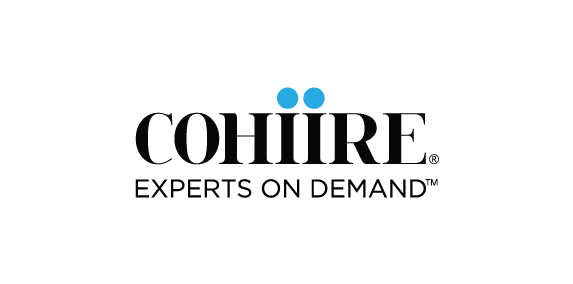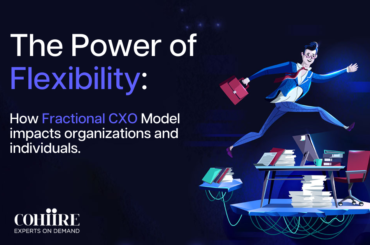The news is abuzz with leading dailies reporting about employees that have been moonlighting, or ‘two-timing’ their employers, so to speak, after it came out that a Noida-based IT employee was working for as many as 7 different organizations—at the same time!
In fact, a study by ResumeBuilder.com states, 69% of remote workers have a second job; 37% of them have a second full-time job while 32% have a side hustle. From running an independent small business to picking up contract-based work from multiple organizations, one job no longer seems to be enough for a majority of the workforce in 2022.

Technically Speaking, What Is Moonlighting?
You know that clause in your employment contract that prohibits you from working with another company, part-time or full-time? Moonlighting breaks this very clause.
Moonlighting basically means you have a ‘second job’ or are gainfully employed by more than one company at the same time. Usually the second job is done after hours, ie, at night, which is why it is colloquially called ‘moonlighting’.
Now, moonlighting is not a new idea. The likes of doctors, lawyers, and in fact, the entire gig workforce of freelancers, blue collar job professionals, and contract employees have been moonlighting for their entire careers. So why is it making headlines?
Moonlighting: The Preferred Way Of Working Post 2020
As the pandemic hit in 2020, many gainfully employed professionals lost their jobs at every level—the layoffs were not restricted to freshers and middle management, but impacted CxO level roles too. Companies downscaled their working staff and even rolled out pay cuts as severe as 60%-75%. This left many highly-skilled, experienced and talented professionals with a meager primary source of income and bills to pay that were aligned with their original salaries. The only way to bridge the gap and meet their expenses was to take up a second job.
In fact, some companies, while not on paper, allowed their employees to work as freelancers and take up other gigs as they converted full-time employees into contract workers at renegotiated (lower) salaries.
Work from home was the new normal and companies could no longer judge the productivity of their resources through clock in-clock out time sheets, which was never an effective tool to begin with.
What also gave a boost to moonlighting is the lack of supervision, the independence to manage your time, and the performance-driven work culture, all of which were a consequence, and a boon, of remote working.
Ethical Moonlighting: The Way Ahead
No longer a stop-gap measure, many companies and employees have embraced the benefits of moonlighting, as long as it is done ethically. If you convert your full-time employees into gig workers, the cost-benefit ratio shoots up significantly. Through COHIRE, companies can hire workforce strategically for outcome-oriented projects where the deliverables, scope of work, and time-frame is pre-defined. And, this can be done all the way up to the CxO level, which opens up the talent pool for startups and new businesses, manifold.
In fact, we’ve set the tone for a new way of working where the employer benefits from the expertise of a skilled professional without having to bear the cost and overhead that comes with onboarding them full-time. As for the employees, they’re able to use their core skill to accelerate the growth of multiple companies at the same time, while earning handsomely from both parties if the job is well done.
Interim CxOs and high-mobility middle management can catalyze new business launches, drive needle-moving initiatives, and company growth like never before. And as far as the concerns around sharing information and data breaches go, these are easily restricted given our thorough vetting process and water-tight contract hiring. And if you’re happy with the performance of our resource, you can always roll out full-time employment and absorb them on company rolls.
Companies like Tata Steel, Microsoft, and Meta have already announced that they won’t be going back to the work from office model a 100% of the time. This boundary less approach is the future of employment where remote and hybrid working, global talent pools, performance-oriented compensation, and project-driven hiring will soon become the norm, not the exception. And COHIRE is at the forefront of this revolution.




